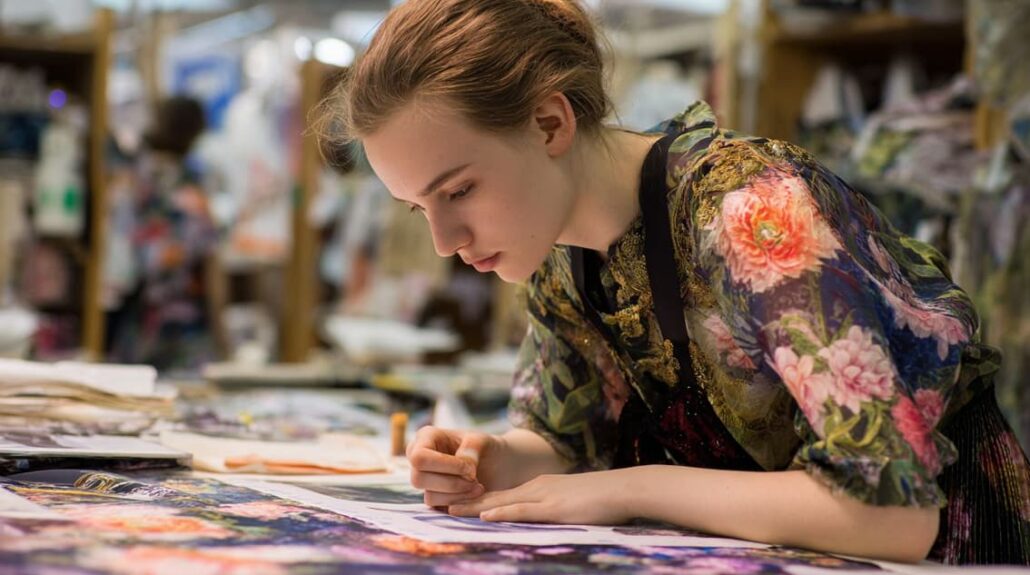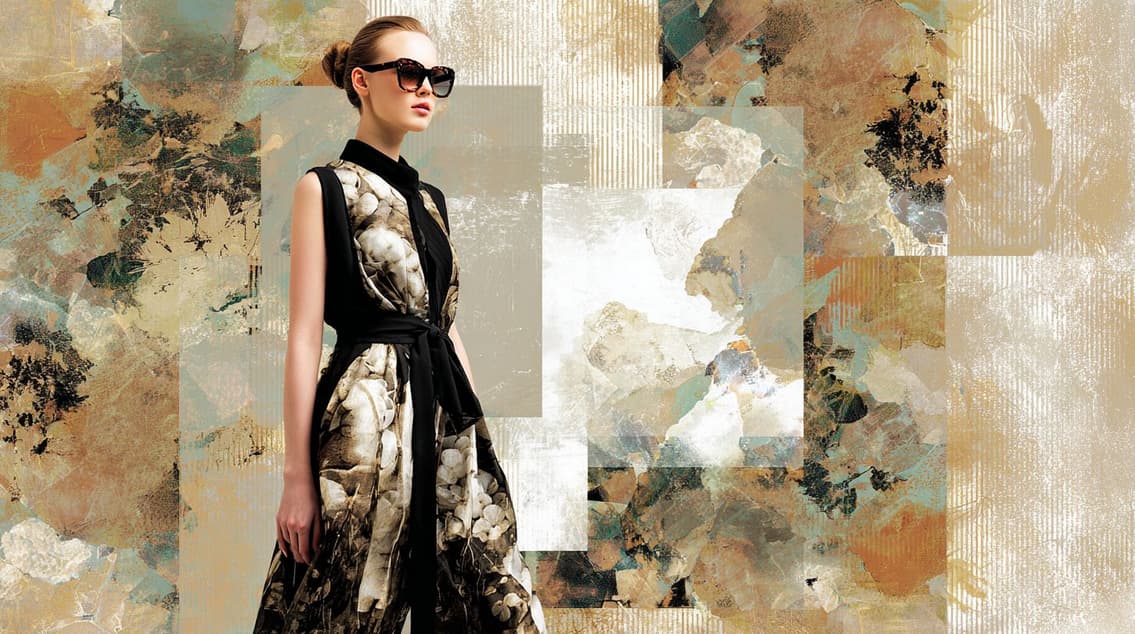Textile prints are more than decorative additions to fabric—they are foundational elements of modern fashion design. Whether subtle or bold, prints can transform simple materials into wearable art, conveying mood, movement, identity, and innovation. For aspiring designers and seasoned professionals alike, understanding the composition and development of textile prints is essential to creating collections that resonate.
A successful print doesn’t just decorate a garment—it helps tell a story. It might reflect cultural traditions, modern art influences, or environmental themes. In contemporary fashion, prints often act as visual signatures for brands, distinguishing collections and adding emotional depth to designs. This narrative aspect is especially important in an age when consumers seek meaning and connection through what they wear.
The Foundations of Print Composition
At the core of textile design lies the concept of composition. This refers to how visual elements are arranged within a print to achieve balance, rhythm, and impact. Repeats, symmetry, directionality, and scaling are all fundamental tools in the print designer’s arsenal. Mastery of these concepts allows for prints that are not only aesthetically pleasing but also functional across various applications.
There are numerous ways to apply prints to textiles: screen printing, digital printing, block printing, and even traditional dye techniques. Each method affects not only the appearance but also the texture and feel of the final fabric. Knowing when to choose one over another is a key skill that depends on material type, intended use, and cost efficiency.
Textures and Techniques: Creating Surface Interest
Texture in textile prints can be either visual or tactile. Visual texture simulates the feel of a surface using graphic elements, while tactile texture involves the actual manipulation of the fabric surface. Designers may use layering techniques, faux-finishes, or photo-based motifs to achieve complex, richly detailed patterns.
Practical exercises in class often involve generating a series of textures through mixed media—from ink and watercolor to collage and digital tools. This hands-on approach empowers students to experiment and discover unexpected results that can be digitized and refined into professional print compositions.
The Psychology of Color in Fabric Design
Color is one of the most powerful tools in a textile designer’s toolkit. Beyond aesthetic appeal, color combinations evoke emotions, define seasons, and shape brand identities. Understanding color theory, contrast, and harmony is essential when building a cohesive print collection.

In our lectures, students explore the principles of coloristics through palette creation, fabric swatching, and digital color studies. They learn how warm and cool tones interact, how saturation influences perception, and how to adapt color schemes to different garment types and target audiences.
Form, Fabric, and Print Harmony
The relationship between a print and the form of a garment is a critical consideration in textile design. A pattern that looks stunning on flat fabric may lose its impact when wrapped around a complex silhouette. Placement, scale, and flow must be adapted to suit the garment’s shape and movement.
For example, vertical stripes can elongate a silhouette, while a centralized motif may draw attention to a specific area. Students are encouraged to drape printed fabrics on mannequins, analyze real garments, and use digital mock-ups to test how prints behave in context.
Beyond Clothing: Prints for Accessories
Textile design isn’t limited to garments. Prints for bags, shoes, tights, and T-shirts require unique considerations. Material limitations, construction seams, and product dimensions all affect how a pattern should be composed.

Designing for T-shirts, for instance, often involves working within a confined space and dealing with direct-to-garment printing limitations. On the other hand, designing for tights requires thinking about stretch and how patterns distort when worn. These challenges are addressed through both theoretical lectures and targeted design exercises.
The Capstone: Creating a Print Collection
The culmination of our course is the development of a cohesive print collection. Students select a theme, develop mood boards, and create a suite of designs that reflect a unified aesthetic vision. This final project mirrors industry practices, helping students build professional portfolios that showcase both creativity and technical skill.
Each collection is expected to demonstrate a mastery of composition, color harmony, fabric-appropriate application, and product-specific adaptations. Feedback sessions mimic real-world critique environments, preparing students to engage confidently with future clients or employers.
Conclusion: Elevating Fashion Through Surface Design
In the ever-evolving world of fashion, surface design remains a powerful way to infuse personality and narrative into fabric. Through a structured combination of lectures and practical exercises, our course equips designers with the skills to create impactful, market-ready prints that elevate garments and accessories alike. Whether designing for couture collections or everyday essentials, a deep understanding of textile print composition opens the door to boundless creative expression.
